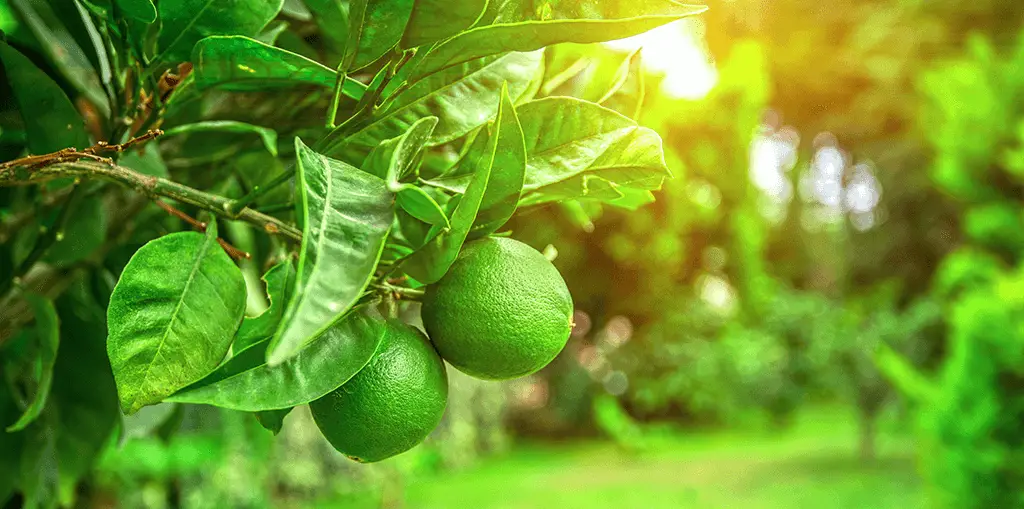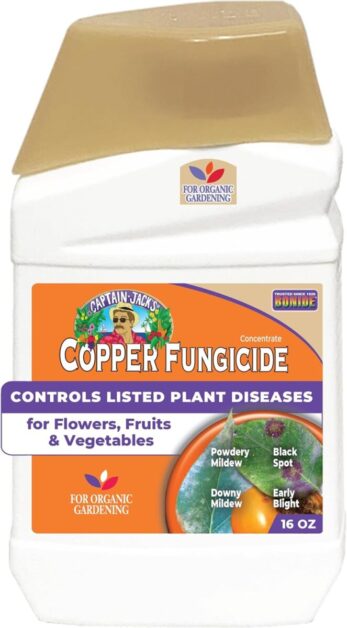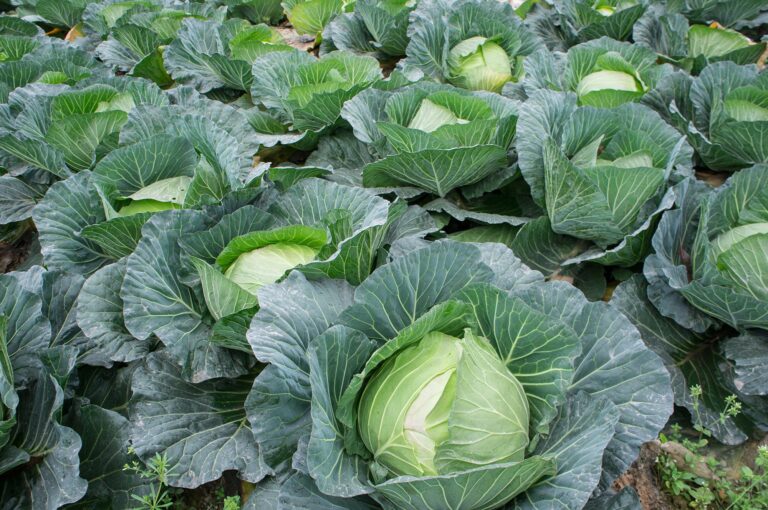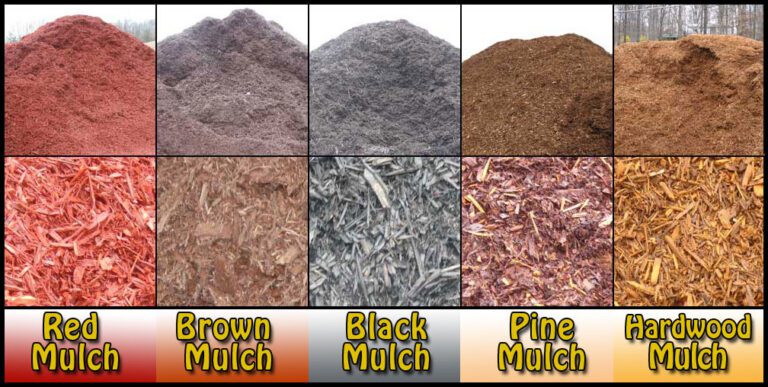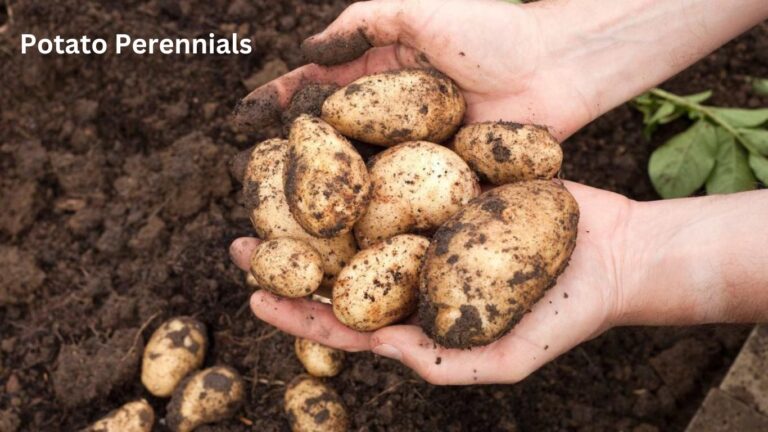Key Lime Tree: How to Grow Your Own Pie
Ever dreamt of plucking fresh, tangy key limes straight from your backyard to whip up the perfect slice of Key Lime Pie? Well, you’re in luck! Key Lime Trees offer a slice of paradise right in your own garden. But before you dive into this zesty endeavor, let’s peel back the layers and uncover the secrets to successful cultivation.
From soil to sunlight, watering to pruning, we’ll walk you through the essential steps to nurture your very own key lime oasis. Join us on this citrus-infused journey as we explore the ins and outs of growing your own pie. Get ready to savor the sweet taste of success, one juicy slice at a time. Let’s dig in!
Table of Contents
Understanding the Key Lime Tree: A Brief Overview
Key lime trees, scientifically known as Citrus aurantifolia, are a tropical fruit tree that belongs to the Rutaceae family. This evergreen tree is native to Southeast Asia and is widely cultivated for its small, round, and acidic fruits known as key limes. Key lime trees are relatively small, reaching an average height of 6 to 13 feet (2 to 4 meters).
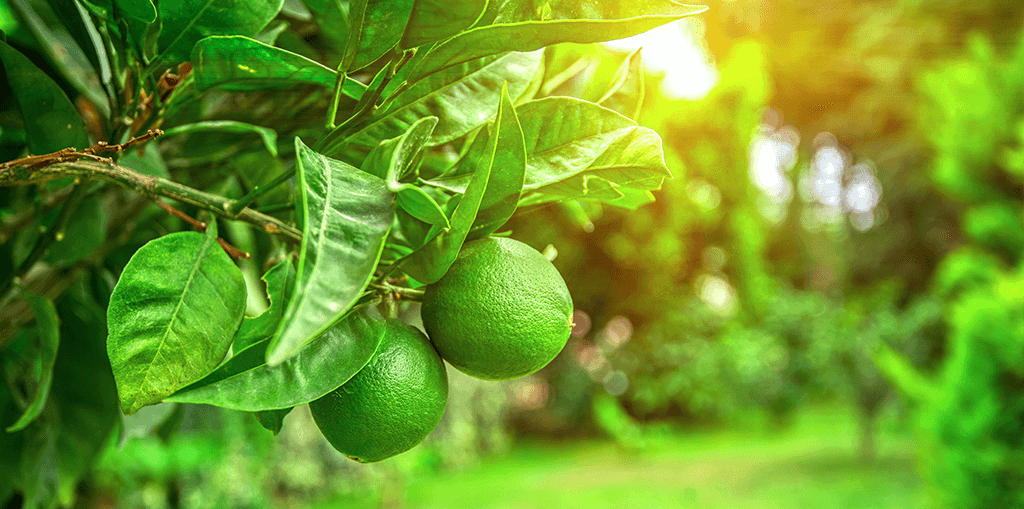
Characteristics of Key Lime Trees:
- Slender Branches and Glossy Leaves:
- Slender branches adorned with glossy, dark green leaves.
- Fragrant White Flowers:
- Small white flowers emit a sweet fragrance, attracting pollinators.
- Distinctive Fruit:
- Key limes are smaller and rounder with thin, smooth yellow skin when ripe.
- Flavorful Juice:
- Highly acidic and tart juice offers a refreshing and zesty taste.
- Culinary Versatility:
- Key limes are prized for their unique flavor, used in Key lime pie, beverages, marinades, dressings, and desserts.
- Aromatic Zest:
- Zest from key limes adds intense citrus fragrance and flavor to dishes.
Selecting the Ideal Location for Your Key Lime Tree
When selecting the ideal location for your key lime tree, there are a few crucial factors to consider.
- Choose a Sunny Location:
- Well-Draining Soil:
- Key lime trees require well-draining soil to prevent waterlogging and root rot. Opt for loamy soil that allows excess water to drain away easily.
- Avoid areas with heavy clay or compacted soil, which can hinder root development and nutrient uptake.
- If your soil is not naturally well-draining, amend it with organic matter like compost or peat moss to improve drainage.
- Maintain Proper Soil Moisture:
By following these guidelines, you can create an ideal environment for your key lime tree to thrive and produce a bountiful harvest.
Preparing the Soil for Optimal Growth
Preparing the soil is a crucial step in ensuring optimal growth for your key lime tree. The right soil composition will provide the necessary nutrients and drainage for the tree to thrive. When preparing the soil, it is important to consider its pH level, structure, and fertility.
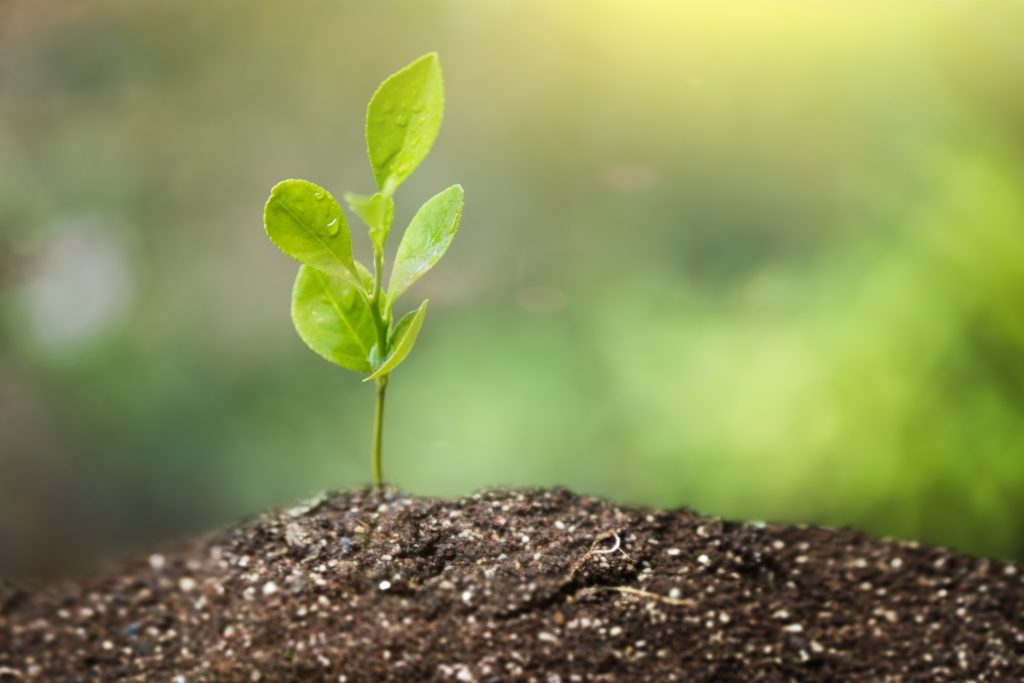
If your soil is heavy clay soil, incorporate organic matter like compost or aged manure to improve drainage and create a more porous environment for the roots.
Conduct a soil test to determine which nutrients may be lacking and add appropriate fertilizers or organic amendments accordingly.
By preparing the soil to meet the specific needs of your key lime tree, you are setting a solid foundation for its growth and development. Taking the time to ensure the right pH, structure, and fertility will greatly increase the chances of a healthy and productive tree.
Choosing the Right Key Lime Variety for Your Climate
When it comes to choosing the right key lime variety for your climate, it’s important to consider the specific conditions in your area.
- Climate Preference:
- Key limes thrive in warm and tropical climates (70°F to 100°F / 21°C to 38°C).
- Sunlight Requirements:
- Require 6 to 8 hours of direct sunlight daily for optimal fruit production.
- Cold-Tolerant Varieties:
- Bearss or Tahiti lime variety suitable for cooler climates, enduring temperatures as low as 28°F (-2°C).
- Known for seedless fruits and slightly larger size.
- Hot and Humid Regions:
- Traditional key lime variety flourishes in hot, humid regions with long growing seasons.
- Tolerates consistent temperatures within optimal range and periodic droughts.
- Produces small, round fruits with strong, tangy flavor.
- Climate Adaptation:
- Choose a variety based on climate conditions to maximize growth and productivity.
- Balancing climate conditions with desired fruit characteristics ensures a bountiful harvest of delicious key limes.
The following table explain different types of the key limes:
| Key Lime Variety | Climate Suitability | Temperature Tolerance | Sunlight Requirement | Fruit Characteristics |
| Traditional Key Lime | Hot and humid, long growing season | 70°F to 100°F (21°C to 38°C) | 6 to 8 hours of direct sunlight | Small, round, strong and tangy flavor |
| Bearss or Tahiti Lime | Cooler climates, shorter growing season | Can withstand temperatures as low as 28°F (-2°C) | 6 to 8 hours of direct sunlight | Seedless, slightly larger size |
Sourcing and Planting a Healthy Key Lime Tree Sapling
- Selecting a Healthy Sapling:
- Choose a reputable nursery specializing in citrus trees.
- Look for healthy, disease-free saplings.
- Opt for saplings at least one year old for better resilience.
- Choosing a Suitable Location:
- Place the tree in a spot with full sun exposure (6-8 hours daily).
- Ensure well-draining soil with pH levels between 6.0-7.0.
- Soil Preparation:
- Loosen soil and remove weeds and debris.
- Consider a soil test for nutrient levels and make necessary amendments.
- Planting Process:
- Dig a hole slightly larger than the root ball.
- Place sapling in the hole, ensuring the top of the root ball is level with or slightly above the soil surface.
- Backfill the hole, firming soil gently to remove air pockets.
- Watering and Mulching:
- Water the sapling thoroughly after planting.
- Apply a layer of mulch around the base to retain moisture.
Nurturing Your Key Lime Tree: Watering and Fertilizing
Watering and fertilizing are essential components of nurturing your key lime tree to ensure its optimal growth and productivity.
- Watering:
- Check soil moisture using the finger test: stick your finger into the soil up to the second knuckle. If it feels dry, it’s time to water.
- Adjust watering seasonally: more in summer, less in winter.
- Deep watering is crucial for key lime trees; avoid shallow sprinkles.
- Mulch can help retain soil moisture and prevent waterlogging.
- Fertilizing:
- Use a balanced fertilizer with a higher amount of nitrogen for key lime trees.
- Fertilize in early spring and continue every six to eight weeks throughout the growing season.
- Avoid overfertilization, as it can lead to nutrient imbalances and damage to the tree.
- Conduct a soil test to assess nutrient levels and adjust fertilizer applications accordingly.
By paying careful attention to watering and fertilizing practices, you can nurture your key lime tree and ensure its vitality and productivity.
I recently used Andersons Complete 16-4-8 Fertilizer for my key lime tree, and the results have been impressive. The high nitrogen content provided a noticeable boost in growth and vibrant green foliage within a few weeks. The balanced formula ensured that my tree received all the essential nutrients it needed for overall health. Applying the granular fertilizer was straightforward, and the slow-release formula has maintained a steady supply of nutrients.
However, it’s important to follow the recommended application rates, as over-application can risk burning the plants. While this synthetic fertilizer is effective, it may not be suitable for those strictly adhering to organic gardening practices. Additionally, proper storage is necessary to keep the granules dry and effective. Overall, for anyone looking to give their citrus trees a healthy boost, Andersons Complete 16-4-8 Fertilizer is a solid choice.
- High Nitrogen Content: Promotes rapid plant growth and vibrant green foliage.
- Balanced Formula: Provides essential nutrients for overall plant health.
- Easy Application: Granular form makes it easy to spread evenly.
- Versatile Use: Suitable for lawns, gardens, and various plants.
- Long-Lasting: Slow-release formula ensures prolonged nutrient supply.
- Cost-Effective: Covers a large area, providing good value for money.
- Over-Application Risk: High nitrogen content can cause burn if over-applied.
- Not Organic: Synthetic fertilizer, not suitable for organic gardening.
- Potential Runoff: May contribute to nutrient runoff if not applied properly.
- Limited Micronutrients: May not provide all necessary micronutrients for some plants.
- Storage Requirements: Needs proper storage to prevent moisture damage.
- Environmental Concerns: Synthetic fertilizers can have a higher environmental impact.
Pruning and Shaping Your Key Lime Tree for Productivity
To ensure optimal productivity and fruitfulness, it is crucial to prune and shape your key lime tree. Pruning plays a significant role in maintaining the overall health and structure of the tree, while shaping helps maximize sunlight penetration and airflow, encouraging vigorous growth and abundant fruit production.
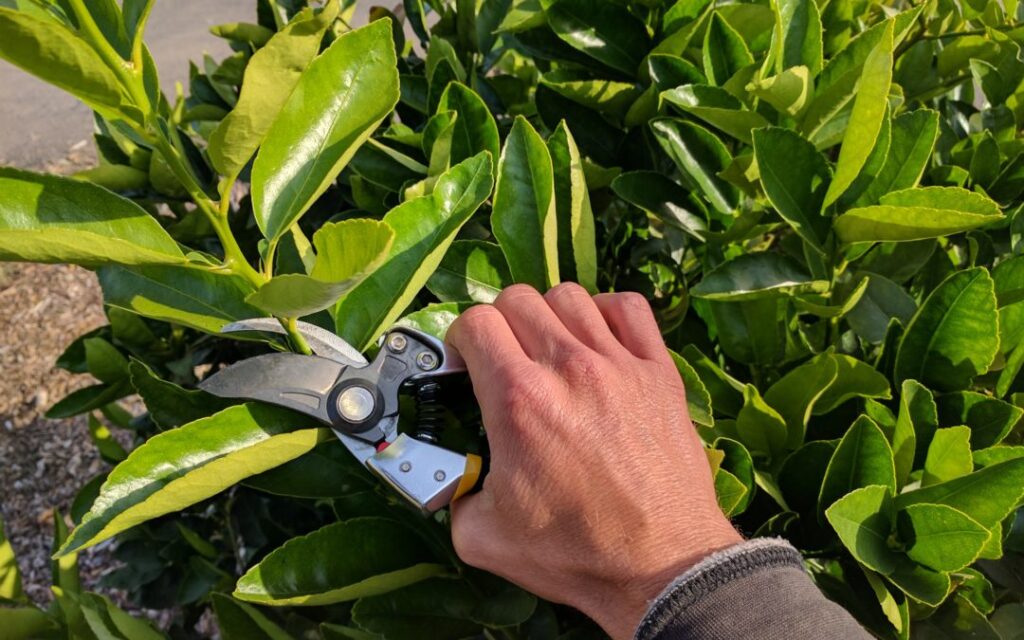
- Remove Dead or Damaged Branches:
- Eliminate any dead, damaged, or diseased branches to prevent pest and disease infestation.
- Thinning Dense Foliage:
- Thin out dense foliage to ensure even sunlight distribution throughout the tree.
- Maintain Balanced Framework:
- Remove crossing branches and maintain a central leader for strength and resilience.
- Prevent branches from rubbing against each other to avoid injury and infection.
- Prune During Dormant Season:
- Carry out pruning in late winter or early spring to minimize stress on the tree.
- Create Open Center or Vase Shape:
- Shape the tree by removing branches growing towards the center.
- Eliminate branches competing with the central leader.
- Foster a well-ventilated canopy to encourage sunlight penetration and fruiting spur formation.
- Adapt to Individual Growth Patterns:
- Assess your tree’s unique growth patterns and adjust pruning techniques accordingly.
If you are unsure of how to proceed, consulting with a local horticulturist or arborist can provide valuable insights and guidance tailored to your specific circumstances.
Protecting Your Key Lime Tree from Pests and Diseases
Protecting your key lime tree from pests and diseases is essential for ensuring its healthy growth and productivity. There are various pests and diseases that can potentially affect your key lime tree, including aphids, scale insects, citrus leafminers, and citrus canker. These pests can damage the leaves, fruits, and overall health of your tree if left untreated.
| Pest/Disease | Symptoms | Treatment | Effect on Plant |
|---|---|---|---|
| Citrus Leaf Miner | – Wavy or distorted leaves – Silvery trails on leaves | – Prune affected leaves – Apply insecticidal soap or neem oil | Reduced vigor and leaf damage |
| Citrus Whitefly | – Yellowing or curling leaves – Sticky honeydew on leaves | – Remove heavily infested leaves – Apply insecticidal soap or neem oil | Weakened plant growth, leaf drop |
| Citrus Aphids | – Distorted or stunted growth – Sticky honeydew on leaves | – Spray with water to dislodge aphids – Apply insecticidal soap or neem oil | Reduced plant vigor, leaf curling |
| Citrus Canker | – Lesions on leaves, stems, and fruit – Raised, corky lesions | – Prune infected areas – Apply copper-based fungicides | Reduced fruit yield, defoliation |
| Citrus Root Rot | – Wilting, yellowing leaves – Stunted growth – Rotting roots | – Improve drainage – Reduce watering – Apply fungicides | Poor growth, eventual death of plant |
| Citrus Scab | – Raised, scabby lesions on fruit and leaves | – Prune affected areas – Apply copper-based fungicides | Reduced fruit quality, premature drop |
By being proactive in protecting your key lime tree from pests and diseases, you can help ensure its health and longevity. Regular monitoring, timely intervention, and employing preventive measures will greatly contribute to the success of your key lime tree cultivation.
Review of Bonide 811 Copper Fungicide
I recently used the Bonide 811 Copper Fungicide on my key lime tree, which had been struggling with a persistent fungal disease. After just a few applications, I noticed a significant improvement in the health of my tree. The product effectively controlled the fungal issues, allowing new, healthy growth to emerge.
What I particularly appreciate about this fungicide is its versatility; it’s suitable for a wide range of plants, not just my key lime tree. The fact that it’s approved for organic gardening is a huge plus for me, as I prefer to avoid harsh chemicals in my garden.
However, it’s important to note that you need to mix it with water before application, which requires a bit of extra effort and precision. Additionally, it can stain surfaces it comes into contact with, so careful handling is necessary. Despite these minor drawbacks, the long-lasting protection it offers and its overall effectiveness make it a valuable addition to my gardening toolkit.
✅ Versatile: Suitable for fruits, vegetables, ornamentals, and trees.
✅ Concentrated: A little goes a long way; cost-effective.
✅ Organic: Approved for organic gardening.
✅ Long-lasting: Provides residual protection.
❌ Staining: Can stain surfaces it comes in contact with.
❌ Protective Gear: Requires careful handling and protective clothing.
❌ Not Rainproof: May need reapplication after heavy rain.
❌ Copper Sensitivity: Some plants may be sensitive to copper.
Harvesting Key Limes: Timing and Techniques
Timing is key when it comes to harvesting your key limes.
- Optimal Ripeness:
- Harvest when key limes reach mature size and develop a bright yellow color.
- Typically occurs around 7 to 10 months after planting, depending on variety and growing conditions.
- Texture Test:
- Gently squeeze the fruit to assess ripeness.
- Ripe key limes should feel slightly soft, but not mushy.
- Aromatic Check:
- Ripe key limes emit a strong, citrusy fragrance.
- Aroma becomes more pronounced as limes mature.
- Flesh Examination:
- Cut open a lime to check color and texture of the flesh.
- Optimal ripeness indicated by juicy, pale yellow flesh.
The Art of Making Delicious Key Lime Pie
Making a delicious key lime pie is an art that requires precision and attention to detail. The key to achieving the perfect balance of tartness and sweetness lies in using fresh and high-quality ingredients.

- Juicing Key Limes:
- Extract vibrant green key lime juice for that signature tangy bite.
- Preparing the Crust:
- Crush graham crackers or digestive biscuits finely.
- Mix with melted butter for a sturdy and flavorful crust base.
- Whipping Up the Filling:
- Combine condensed milk, egg yolks, and key lime juice for a classic filling.
- Whisk until smooth and homogeneous.
- Baking the Pie:
- Pour filling into prepared crust and bake at moderate temperature until set with a slight jiggle in the center.
- Chilling and Serving:
- Cool pie, then refrigerate for a few hours or overnight to allow flavors to meld and filling to set.
- Serve chilled, garnished with whipped cream or lime zest for an extra burst of flavor and visual appeal.
- Enjoying the Tropical Delight:
- Key lime pie captures the essence of the tropics with its bright and refreshing flavors.
- Tangy notes blend harmoniously with sweetness and buttery crust for a delightful experience.
- Whether enjoyed at a beachside café or crafted in your kitchen, making a delicious key lime pie is an experience to savor.
So, gather your ingredients, roll up your sleeves, and embark on a culinary adventure that will transport you to the sunny shores of the Florida Keys with just one bite.
Exploring Other Culinary Uses for Key Limes
Key limes are not only prized for their tangy flavor and use in key lime pie, but they also offer a wide range of culinary possibilities. The distinct citrusy taste of key limes adds a zesty kick to both savory and sweet dishes, making them a versatile ingredient in the kitchen.
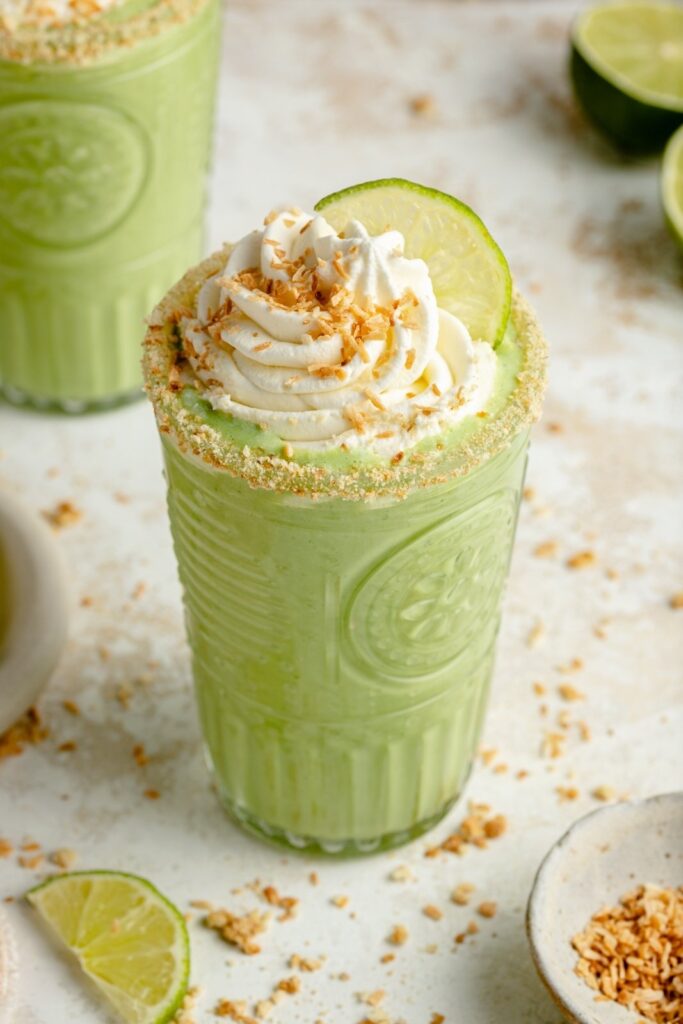
- Marinades and Dressings:
- Savory Dishes:
- Use key lime juice to balance the flavors of rich and savory dishes, making it an excellent addition to seafood, grilled meats, or as a dipping sauce.
- Combine key lime juice with ingredients like garlic, cilantro, and jalapenos to create a zesty and vibrant sauce that elevates the flavors of your meal.
- Desserts:
By incorporating key limes into your cooking, you can unlock a world of culinary possibilities and create a variety of dishes that showcase their unique taste and versatility.
So why not explore new ways to incorporate key limes into your cooking and let their vibrant flavor ignite your culinary creativity?
Storing and Preserving Key Limes for Later Use
When it comes to preserving key limes for later use, there are a few methods you can employ to ensure the fruit remains fresh and flavorful.
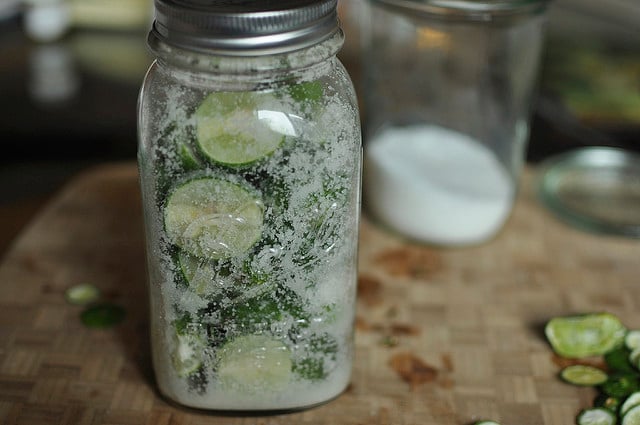
To store key limes effectively, follow these steps:
- Wash and Dry:
- Wash the key limes thoroughly under cool running water to remove any contaminants.
- Dry the limes using a clean dish towel or by placing them on a clean surface to air dry.
- Freezing:
- Slice the key limes into wedges or squeeze out the juice, depending on your preference.
- Place the wedges or juice into airtight containers or freezer bags, leaving some headspace for expansion.
- Label and date the containers before placing them in the freezer.
- Frozen key limes can be used for various culinary purposes, such as adding a tangy twist to cocktails or incorporating them into key lime recipes.
- Pickling:
- Sterilize glass jars or containers with tight-fitting lids.
- Prepare a pickling brine by combining equal parts water and vinegar, and add salt and sugar to taste.
- Bring the brine to a gentle boil, stirring until the salt and sugar dissolve.
- Allow the brine to cool completely before pouring it into the jars, leaving some headspace.
- Slice the key limes into thin rounds and place them in the jars, ensuring they are fully submerged in the pickling brine.
- Seal the jars tightly and store them in a cool, dark place for a few weeks to allow the flavors to develop.
- Afterward, the pickled key limes can be enjoyed as a zesty accompaniment to dishes like salads, tacos, or even as a tangy snack.
By following these methods, you can effectively store key limes and enjoy their tangy flavor in various culinary applications.
Troubleshooting Common Issues with Key Lime Trees
When it comes to cultivating key lime trees, there are a few common issues that may arise.
leaf yellowing or chlorosis
One of the most prevalent problems is leaf yellowing or chlorosis. This can occur due to nutrient deficiencies, such as iron or magnesium, or excessive soil alkalinity. To address this issue, it is important to conduct soil tests to determine the specific deficiencies and adjust the soil accordingly. Applying iron chelates or magnesium sulfate can help correct these deficiencies and restore the vibrant green color to the leaves.
fruit drop
Another issue that key lime tree owners may encounter is fruit drop. This can happen for several reasons, including overwatering or underwatering, nutrient imbalances, temperature fluctuations, or insufficient pollination. To prevent fruit drop, it is essential to maintain proper watering practices by ensuring the soil is consistently moist but not waterlogged. Additionally, providing adequate nutrition through regular fertilization and maintaining a stable temperature range can safeguard against this issue.
Promoting pollination by encouraging the presence of bees and other pollinators in your garden can also help reduce fruit drop and ensure a bountiful harvest of key limes.
Sharing the Joy: Propagating Key Lime Trees from Cuttings
Propagating key lime trees from cuttings is an exciting and rewarding way to expand your citrus garden. With the right techniques and a little patience, you can multiply your key lime tree collection and share the joy of growing these delicious fruits with others. The process of propagating key lime trees from cuttings involves taking a healthy, young shoot from an existing tree and encouraging it to develop its own roots and grow into a new plant.

- Select a Strong Branch:
- Make a Clean Cut:
- Apply Rooting Hormone:
- Plant the Cutting:
- Monitor and Maintain:
- Transplant:
- Once the cutting has established roots, transplant it into a larger pot or directly into the ground using the same planting techniques as for a sapling.
- Provide extra care and attention in the early stages of growth, including regular watering, gentle fertilization, and protection from extreme temperatures.
By following these steps, you can successfully propagate key lime trees using cuttings and enjoy the fruits of your labor.
Learn more about key lime in the given video:
FAQ
Can I propagate a key lime tree from cuttings?
Yes, you can propagate a key lime tree from cuttings. It is an effective method of propagation that can produce new trees with the same characteristics as the parent tree.
When is the best time to take cuttings from a key lime tree?
The best time to take cuttings from a key lime tree is in the spring or early summer when the tree is actively growing. This will give the cuttings the best chance of rooting successfully.
What type of cutting should I take from a key lime tree?
It is best to take a semi-hardwood cutting from a key lime tree, which is a stem cutting that has started to mature but is not yet woody. Cuttings should be around 6 to 8 inches long and taken from healthy, disease-free branches.
How should I prepare the cuttings for propagation?
Remove any leaves from the bottom half of the cutting, leaving a few leaves at the top. Dip the cut end of the cutting in a rooting hormone to enhance root development. Then, plant the cutting in a well-draining rooting medium, such as a mixture of sand and peat moss.
What conditions should I provide for the cuttings to root successfully?
Place the cuttings in a warm and humid environment, such as a greenhouse or a plastic bag with ventilation holes. Keep the medium consistently moist but not overly wet. Provide indirect light to the cuttings and ensure they are protected from direct sunlight.
How long does it take for the cuttings to root?
It typically takes around 4 to 8 weeks for the cuttings to root, depending on the environmental conditions and the health of the cutting. Patience and regular monitoring are key during this process.
How can I encourage faster rooting of the cuttings?
To promote faster rooting, you can use a heating mat to provide bottom heat, which can stimulate root growth. Additionally, misting the cuttings with water regularly can help maintain the desired humidity level.
When can I transplant the rooted cuttings into larger pots or the ground?
Once the cuttings have developed a healthy root system, and the roots are well-established, they can be transplanted into larger pots or the ground. This is usually around 8 to 12 weeks after rooting.
Are there any special care requirements for the newly transplanted cuttings?
After transplanting, it is important to continue providing the cuttings with regular watering and protection from extreme temperatures. Gradually expose them to more sunlight to acclimate them to their new environment.
Can I expect the propagated key lime trees to bear fruits?
Yes, key lime trees propagated from cuttings have the potential to bear fruits similar to the parent tree. However, it may take a few years for the tree to mature and start producing significant harvests.

Studied Agricultural Engineering-Plant Protection at University of California, Davis.
Head of Content writing team at Southelmontehydroponics.com

